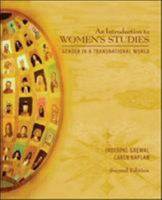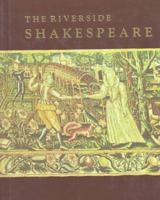The Grammar of Warfare: the Ultimate Visual Guide to the History of Warfare From the Ancient World to the American Civil War
Select Format
Select Condition 
You Might Also Enjoy
Book Overview
No Synopsis Available.
Format:Paperback
Language:English
ISBN:1435103408
ISBN13:9781435103405
Release Date:January 2009
Publisher:Fall River Press
Length:320 Pages
Weight:2.80 lbs.
Customer Reviews
5 customer ratings | 5 reviews
There are currently no reviews. Be the first to review this work.































